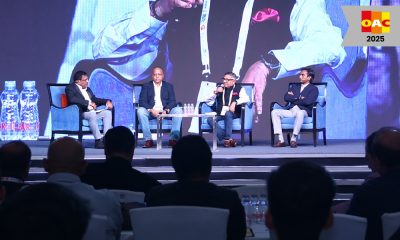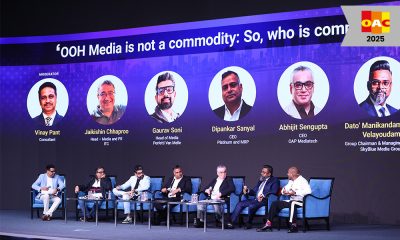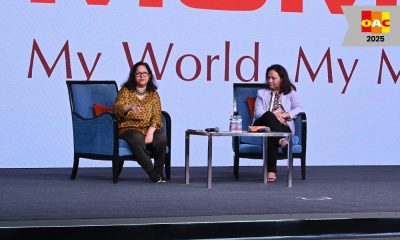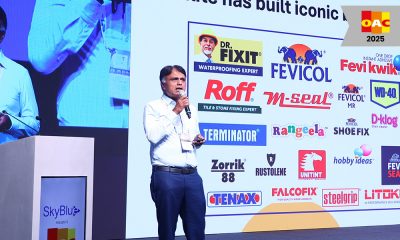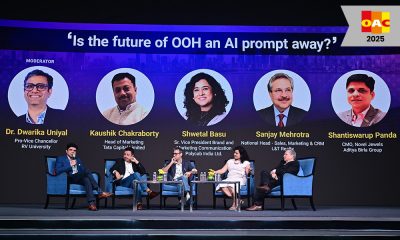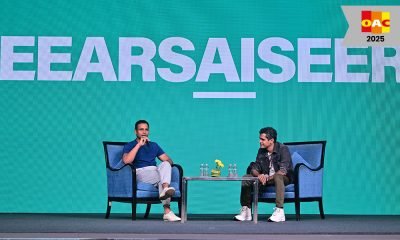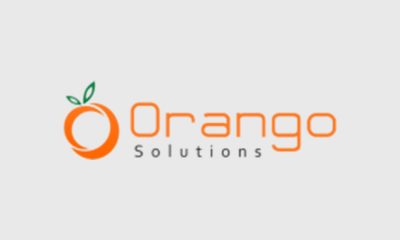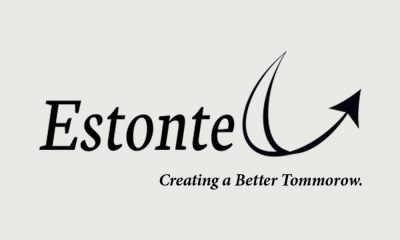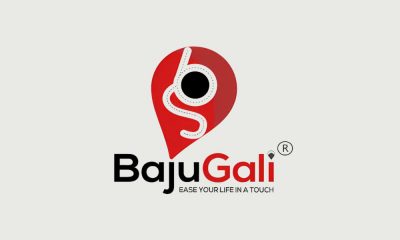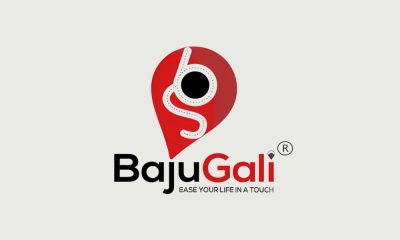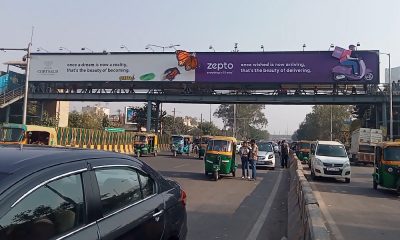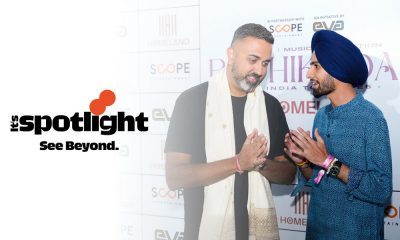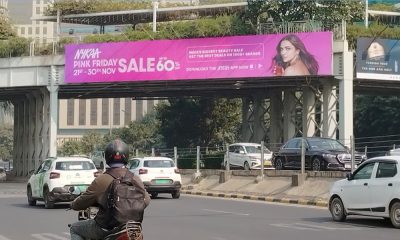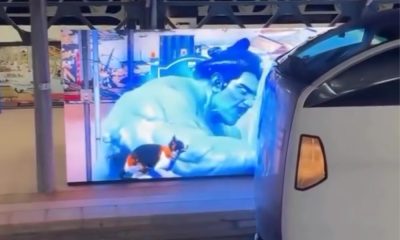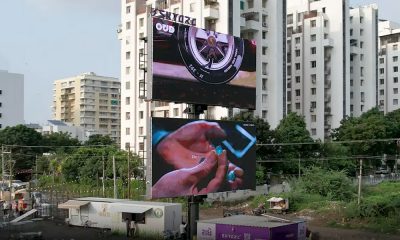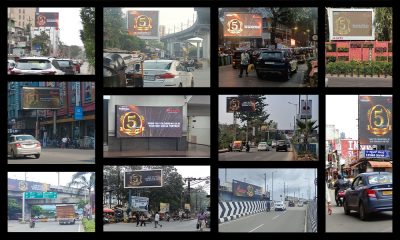OAC
‘OOH needs to show who and what it can be!’
In a session that went right into the crux of an existential question for OOH, Vikram Sakhuja and Rajiv Raghunath explored the disconnect between OOH potential and agency priorities in their fireside chat session titled, ‘OOH’s question to media agencies: Hum Aapke Hain Kaun?’ at OAC 2025.
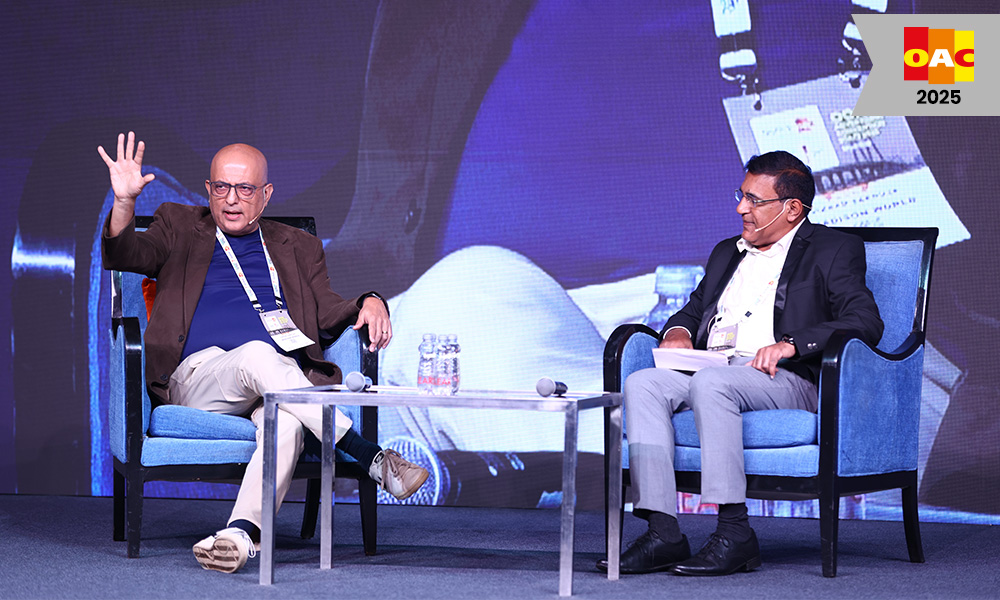
Day 2 of OAC 2025 featured one of the most important conversations in the current OOH advertising landscape, a direct, no-frills dialogue between Vikram Sakhuja, Group CEO of Madison Media & OOH, and Rajiv Raghunath, Business Advisor at VJ Media Works. At the heart of their discussion was a sharp and introspective question from the OOH industry to media agencies: ‘Hum Aapke Hain Kaun?’ The tone was clear. This wasn’t a philosophical inquiry, it was a business one. Why does OOH still receive such a small share of the media budget despite growing capabilities and proven brand impact?
Technology is here, but where’s the shift
Vikram admitted the OOH medium is not stuck in the past; it is evolving with digital displays, interactivity, AI-driven content, and geo-targeted delivery, and the potential for personalization and contextual relevance has never been higher. But the problem, he argued, is that despite these advancements, OOH still struggles to be seen as ‘modern’ by agencies. The core of the media buy remains location-based, and most of the innovation is cosmetic unless it’s backed by scalable, measurable delivery, he pointed out.
He drew a contrast with video advertising, where the digital shift has led to redefined strategies. In OOH, digital formats still behave like analog, with most buys handled as static inventory, not dynamic ad-serving. “We have the tools,” he said, “but we haven’t changed the behavior.”
Money is flowing in, but respect is lagging
According to Vikram, the OOH industry is not entirely starved of money. In fact, it’s been growing steadily post-pandemic and has outpaced some traditional media like print and radio in growth rates. But agencies, brands, and even CMOs often don’t view OOH with the same strategic importance as other channels, he said. For OOH to gain standing, it must prove its value through performance and creativity, not just presence, he said without mincing words. “You can’t demand a seat at the table just because your hoardings are up. You earn it.”
Media share is earned through narrative
Further reiterating his point, Vikram pointed drew up the examples of Google, Meta and Amazon, who didn’t win share just by offering inventory; they told a better story. They reframed advertising from media buying to audience targeting, performance measurement, and ROI-driven decision-making, he reminded the audience.
OOH, meanwhile, is still trying to sell individual sites, locations, and loops. Even digital OOH campaigns are treated like print insertions, manual, rate-card driven, and often lacking in any post-campaign analytics. “The question isn’t what you’re selling, it’s how you’re selling it,” Vikram stressed. “OOH needs a fresh story. One that’s about solving brand problems, not just filling space on a wall.”
OOH growing anyway
Despite these hurdles, OOH is of course growing, as Rajiv pointed out. And it’s not by accident. According to Vikram, one thing OOH still delivers exceptionally well is attention. In a world where digital ads are skipped in 3 seconds or swiped away in less, OOH has the rare ability to command eyeballs, especially when done right.
He cited examples where creative innovations, AI integrations, and experiential formats have made brand campaigns stand out. From interactive digital screens to real-time contextual messaging, the medium is capable of surprise and delight. “OOH is an antidote to the scroll,” Vikram said. “It gives brands a physical, high-impact stage when they have something new or bold to say.”
Rajiv agreed, noting that such standout executions should be a cornerstone of the medium’s pitch to agencies. He added that agencies often miss out on the memory-building power that comes from seeing a large, bold, smartly placed OOH ad in the real world.
The metro skew and the missed market
But there’s another big elephant in the room – a staggering 60 to 65 percent of OOH ad spend is concentrated in the four metro cities. Vikram wondered why, in a country where commerce, population, and media consumption are widespread, so little OOH investment reaches Tier 2 and Tier 3 cities.
He pointed to lack of measurement as a key reason. Media agencies are flying blind when it comes to smaller markets. There’s little third-party data, poor reporting standards, and limited transparency. Unlike television or digital, where viewership and engagement are quantifiable, most OOH in India still relies on assumptions. Vikram stressed that if the industry wants agencies to look beyond metros, media owners must start investing in data, standardization, and tools that allow planners to quantify reach and impact across geographies. “No data, no dialogue,” he said bluntly.
What needs to happen now
The fragmentation of the OOH sector is a known problem. There are thousands of media owners, each with their own formats, standards, and pricing. But Vikram insisted that this shouldn’t be an excuse. “At least 15 to 20 players in this market have the voice and volume to lead,” he said. “Use that voice.”
He encouraged media owners to collaborate more actively through associations like IOAA, and to push for shared infrastructure, common measurement platforms, and unified messaging. The industry needs leadership, not just inventory. He also emphasized that agency partnerships can only strengthen when OOH proves its strategic utility and consistency.
Rajiv echoed the thought, adding that fragmented industries in other sectors have still found ways to create common standards and speak with a unified voice. OOH can do the same if there’s will.
The proof is already out there
Rajiv shifted the focus to use cases, asking whether brands that already believe in OOH can help drive the message. Vikram strongly agreed. He cited Apple, Netflix, and Samsung as prime examples. These brands don’t just use OOH as filler, they treat it as a central pillar in their campaigns.
He suggested that rather than traditional post-campaign studies, the industry should showcase these powerful, visible, real-world campaigns as case studies to tell the story of OOH effectiveness. Not as ads, but as narratives of how bold presence in public spaces can build cultural relevance and brand equity.
The message from agencies is clear
To win back attention and budget from agencies, OOH needs to stop behaving like a legacy medium and start acting like a modern one- this was the most important message that came out of the fireside chat. That means better data, smarter targeting, innovative formats, and a narrative that goes beyond space-selling.
“Respect comes from relevance,” Vikram said in closing. “If OOH wants to stop asking ‘Hum Aapke Hain Kaun,’ it needs to show agencies exactly who it can be.”
Until then, the question will linger, and so will the opportunity.
-

 Tenders
TendersSolutions Advertising bags exclusive media rights of Pune Metro
-

 Creative Concepts
Creative ConceptsNMACC’s snowfall billboard promotes The Nutcracker on Ice
-

 Ad Policies & Regulations
Ad Policies & RegulationsNew BMC OOH Policy: Restrictive but necessary?
-

 Creative Concepts
Creative ConceptsPowerful handcuff installation in Mumbai for Arpan’s Child Safety Week
